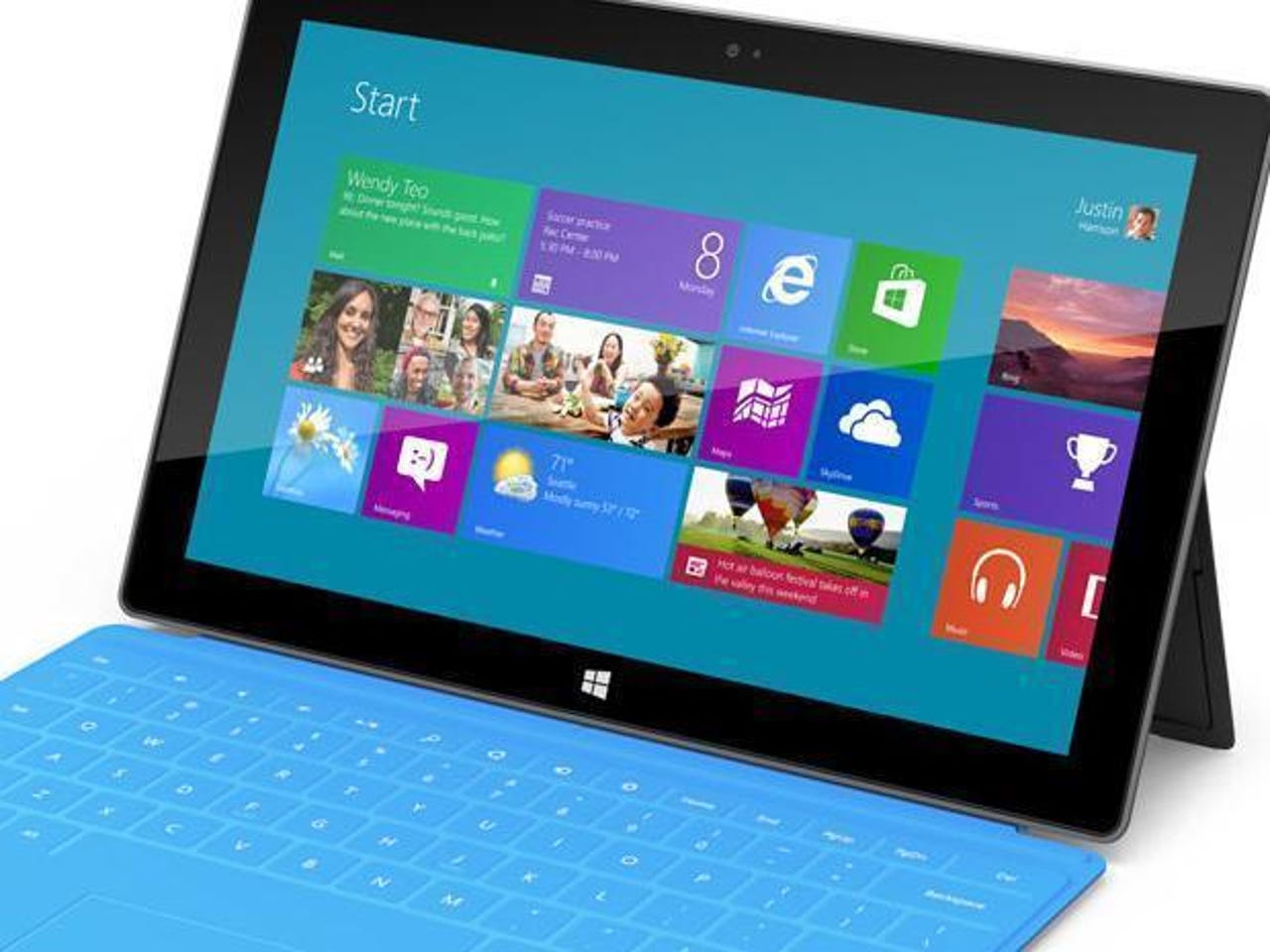Windows RT vs Windows 8: On the Surface, there's still a lot of confusion

When Apple first announced the iPhone, it initially claimed that it ran OS X. While iOS shares some important technologies with the Mac operating system, it's a different beast. Mac programs run on OS X, iOS apps run on iPhones and iPads (and it's a long time since Apple suggested otherwise).
Things aren't quite as clear with Windows 8 and Windows RT – while you do get more options, not everything runs everywhere.

Windows 8 runs almost everything: Windows 7 and Vista programs, or maybe even ones for Windows XP, if the hundreds of compatibility 'shims' programmed into Windows or the built-in Hyper-V virtualisation can fool the program into thinking it's where it was designed to be.
You can also install an Android emulator called Bluestacks, you can run Java, you can install Silverlight and Adobe's AIR runtime or .NET version 2 if that's what your program needs. You can install development tools and compile your own applications. You can load up any browser you want. You can even install a launcher that looks like the messy old Start menu, if you find the live tiles of the Start screen just too new and shiny for you. And you can also plug in your camera or your printer or a keyboard or a foam USB missile launcher...
It's Windows, so of course it runs the desktop, and Office. Windows 8 also runs a new kind of app that's more like a smartphone app, using a new Windows Runtime called WinRT for short. (These apps get called a lot of different things since Microsoft had to drop "Metro style apps" and all the names are confusing, so I'm sticking to WinRT.)
Windows RT
And what of Windows RT? Well, Windows RT has the desktop and Office as well, and the new WinRT apps. It can connect to the camera and the printer and quite possibly the foam missile launcher.
It's very like Windows 8 because it has almost all the same technology under the hood - but it can't run any desktop programs except Office and IE.
But any programs you already have for your PC, a non-IE desktop browser like Firefox or Chrome, or any new PC programs you buy that ask for Windows 8 - they won't work and you can't even try to install them.
So, you can't install any old version of Skype, but you can run the new Skype for Windows 8 (because it's a WinRT app that runs on both). You can't have Photoshop or CorelDRAW on Windows RT - but if Adobe and Corel do WinRT apps like their Android or iOS apps, you could have Photoshop Touch or Pinnacle Studio on your Surface. Or you could wait three months and have Photoshop itself on Surface Pro, because that runs Windows 8.
Surface management
It's confusing, yes, but aren't we familiar with the differences now? A recent survey about Surface by SecureData makes me wonder.
Eighty-four percent of respondents said they believe the most attractive feature of the Surface is that it is capable of running regular Windows applications, according to the report. So they must mean Surface Pro, which runs Windows 8? But in the small print the definition of "regular Windows applications" is "Microsoft Office products - Word, PowerPoint, Excel" and they all run on Windows RT and the Surface RT.
And what about "44 percent of respondents believe that the Surface will be easier to adopt across their organisations compared to other devices due to the Windows 8 operating system"? Easier to adopt usually means easier to manage: again, Surface Pro with Windows 8 accepts any GPO you throw at it, but Surface RT you can only manage through Windows Intune and EAS.
Managing a PC with Intune is much more hands-off than managing a PC with Group Policy. You can push updates, but Windows RT gets updates directly from Windows Update so you don't need to. You can find out what software is installed on the desktop, but Windows RT doesn't allow extra desktop software. You can get reports about how many Surfaces are in use or if they're low on disk space, and you can set firewall and VPN policies. Most usefully, you can run a portal where users can download WinRT apps you'd like them to use or contact the helpdesk easily.
And, while you can do all that through SP1 of System Center Configuration Manager 2012, you can't do all the other things you expect to do to a PC from System Center. That's deliberate, because most of the time it isn't your PC (or the company's PC) you're trying to do it to, it's the Windows RT device a user brought to work themselves and they'd rather you didn't mess around with it.
So if you've ordered a Surface RT or you're waiting for employees who ordered one to bring it in next week, here's what you need to remember.
Surface RT and other Windows RT tablets:
- Do run Office - Word, PowerPoint, Excel, OneNote and Lync
- Don't run any other desktop application and you won't see desktop applications when you visit the Windows Store
- Do have the desktop
- Do run WinRT applications that you can download from the Windows Store
- Can be managed via EAS like any other tablet
- Can be managed by Intune like a PC
- Can't be managed by Group Policies like a PC
- Do seem to confuse people in surveys